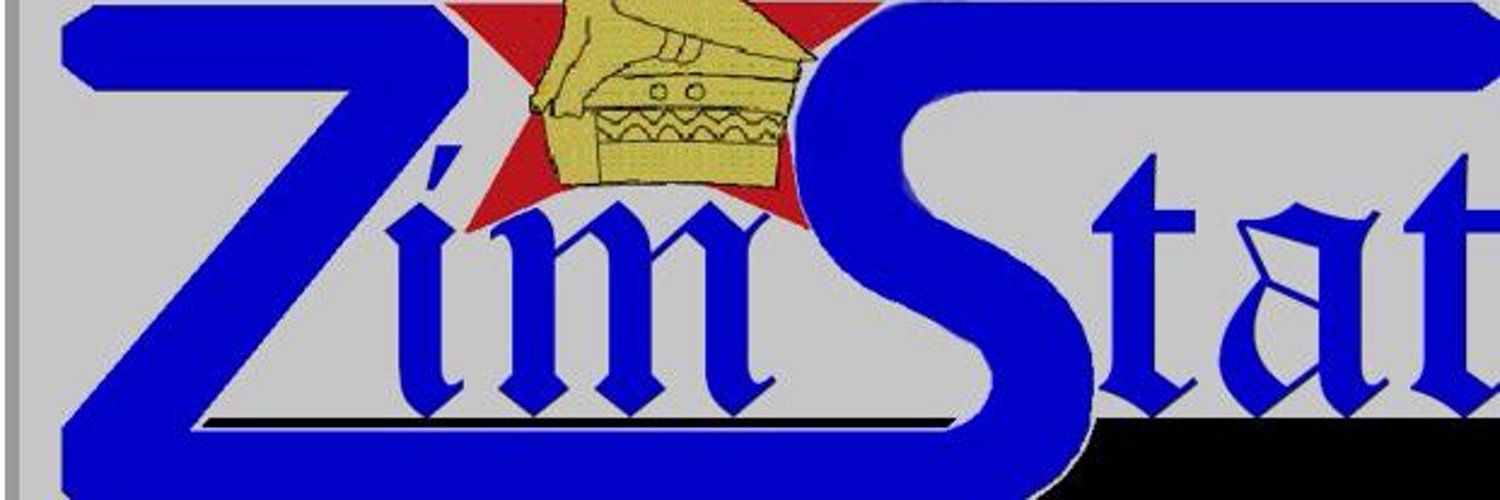Zesa power imports in limbo
Zesa has not started planned power imports from the region to plug a yawning domestic supply gap due to shortage of foreign currency required to pay suppliers.
Executive chairman Dr Sydney Gata said in an interview the State power utility has failed to access foreign currency from the Reserve Bank’s weekly auction market.
He said it was strange the power utility could not be given its requirement of US$17 million monthly to import the power despite the country raking in nearly US$10 billion last year.
Zimbabwe faces a crippling power supply deficit due to limited local generation capacity given one of its major power plants, Hwange Power Stations, can now only manage half its design potential.
Last year, Dr Gata also said the country needed to import between 200MW and 400MW to
close the domestic supply deficit, although this should not necessarily be the case.
The country’s other power sources, three thermals in Harare, Munyati and Bulawayo,
just like Hwange are also prone to breakdowns as they have outlived their useful life and
await major upgrades.
While Zesa could ramp up production to optimum capacity at 1 050MW Kariba South
hydro plant, the plant’s contribution is also limited by the amount of water allocated to it
by a regulator taking into account the sub-optimum dam water level.
As of yesterday afternoon, Kariba South was churning out 881MW and Hwange, which
has installed capacity of 920MW, was only producing 404MW. The southern African
country requires 1 800 megawatts to 2 200MW at peak periods of demand, but is able to
produce an average of 1 400MW, at best.
Zesa had planned to start imports by December last year to close the supply gap while it
awaited for the commissioning of Hwange Power Station units 7 and 8, which will add
600MW, to be commissioned.
The expansion project, being carried out by China’s Sinohydro, has reached an advanced
stage, but the first unit may not be completed by June this year, as initially planned.
Energy and Power Development Minister Zhemu Soda indicated recently he expected the
first generation unit to come on line in October this year and the last in the first quarter
of 2023.
Both generators were scheduled to start feeding the national grid by October this year,
but the initially scheduled completion time was delayed by Covid-19 restrictions
globally.
This means Zesa needs to import from the region to bridge the supply gap until the new
generators being built in Hwange finally start feeding the national grid.
Dr Gata said contracts for potential supply of power from regional utilities were already
in place, but the plans to receive supplies from Mozambique and Zambia had not
progressed beyond the agreements due to forex challenges.
“The forex to import the power has not been made available. We negotiate import
contracts (from Mozambique and Zambia) pending the completion of Hwange 7 and 8.
We require forex to pay for the electricity.
“The agreements are still in place. We are pursuing other means (to get the funding),
through market restriction. We are negotiating with some companies,” Dr Gata said in an
interview with The Herald Finance and Business.
Dr Gata said it was puzzling how Zesa could not be prioritised in the allocation of foreign
currency at the auction given the centrality of power for all economic activities in the
country.
“They just cannot not help us,” he said. “ We require US$17 million a month to pay for
the imports, but we wonder how we cannot get that in a country that received US$9,7
billion in 2021 alone.”
Crippling power shortages in Zimbabwe have over the last decade and half negatively
affected commercial, industrial and household activities since Zesa often has to
implement long periods of load shedding to balance up demand and supply.
Dr Gata said late last year the country’s Treasury had failed to sign an independent power
producer (IPP) implementation agreement, which would speed construction of power
projects and increase Zimbabwe’s power output capacity.-The Herald










